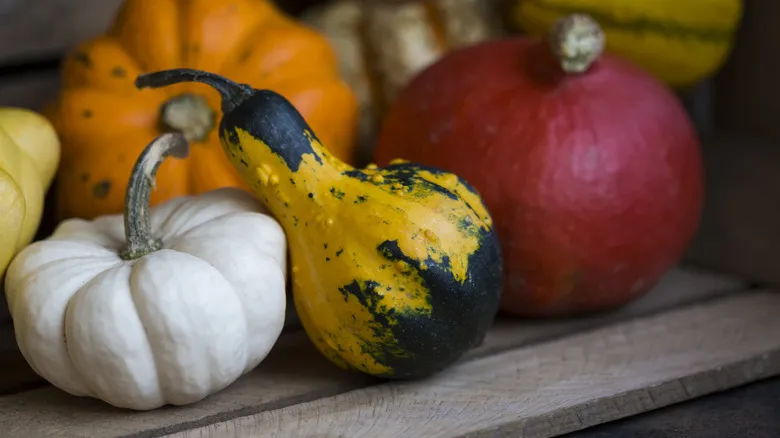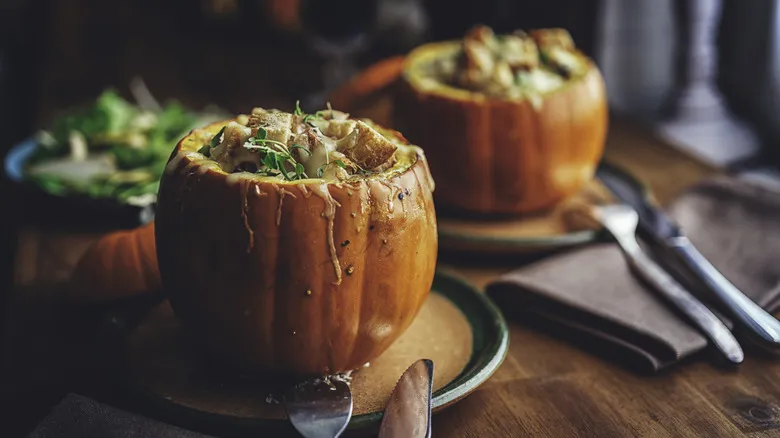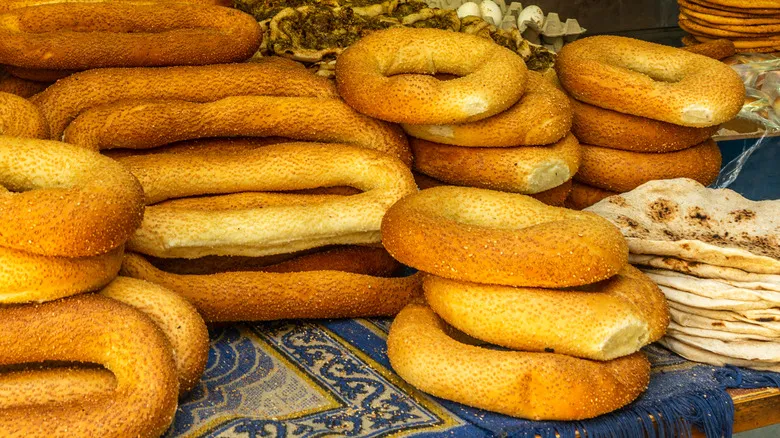Characteristics of the Long Island cheese pumpkin

Interestingly, the tough exterior of the Long Island cheese pumpkin — a trait that rendered it less appealing to food canneries — likely contributed to its popularity among early American farmers in the 19th century. While commercial refrigeration began in the 1850s, most households didn't have a refrigerator until around 1930.
Fortunately, unlike summer squash, which has a delicate skin and a very short shelf life, the Long Island cheese pumpkin falls into the category of thick-skinned winter squash. These pumpkins are harvested from late August to the end of October. As a result, refrigeration may not be necessary for this winter squash. When stored in a cool, dark location — such as a root cellar — it can last between 90 to 100 days, with the best specimens remaining good for up to six months.
Its pronounced ribbing and relatively flat shape have earned it a spot in the Cinderella pumpkin category. Weighing between 6 to 10 pounds, it doesn't quite qualify as a serious contender for a grand carriage drawn by six horses. However, if one could grow a 2,000-pound pumpkin from its seeds, its tough, almost nutshell-like skin would make for a sturdy carriage cab. The pumpkin's appearance is what inspired its name — it resembles a flat round of cheese, although its flavor is far from that of a tangy orange cheddar.
Using them in recipes

Long Island cheese pumpkins started appearing in cookbooks and almanacs in the 1800s, and they are now more accessible than they were in the 1960s. Their charming, ribbed appearance has made them a favorite among ornamental pumpkin collectors, but they are equally suitable for culinary use. Their flesh is smoother and less stringy than that of other squash varieties, making them an excellent choice for creamy, savory dishes. Consider using them in recipes like stuffed pumpkin or pumpkin soup, especially when flavored with Chinese five-spice.
The Long Island cheese pumpkin is closely related to butternut squash, allowing home cooks to easily substitute one for the other in recipes. Naturally sweet, it is also a fantastic option for pumpkin pie, though some preparation is required. You'll need to cut it into quarters and bake it for about 90 minutes to soften it. While it may lose its Cinderella-like appearance, its flavor will be enchanting enough to delight even the most discerning bakers among you.
Recommended

Ree Drummond's Pro-Tip For Perfect Pecan Pie

What Makes Jerusalem Bagels Unique?

Everything You Need To Know To Bake Soft Pillowy Naan At Home

The Baking Ingredient Prue Leith Prefers Store-Bought Over Homemade
Next up

